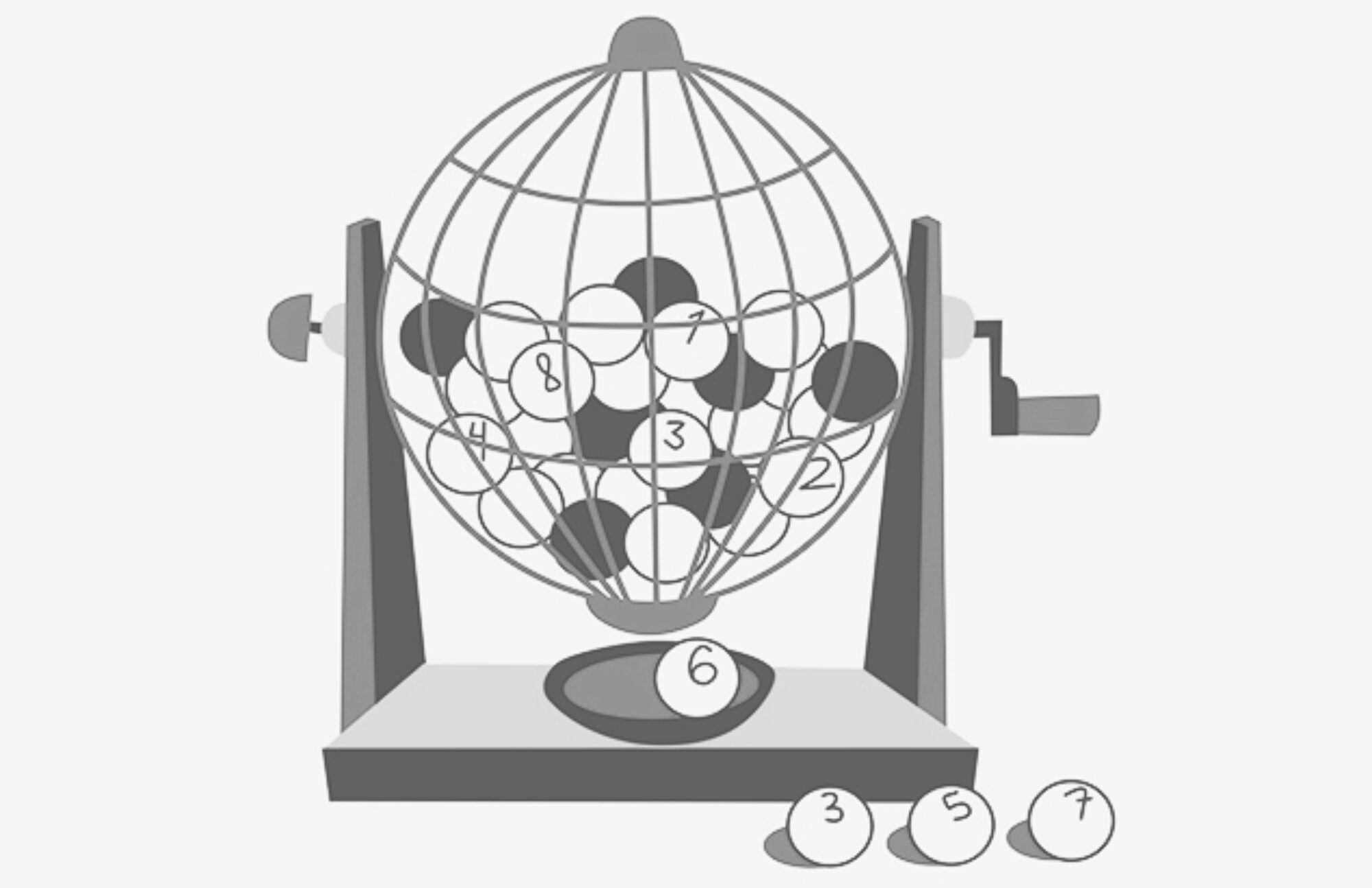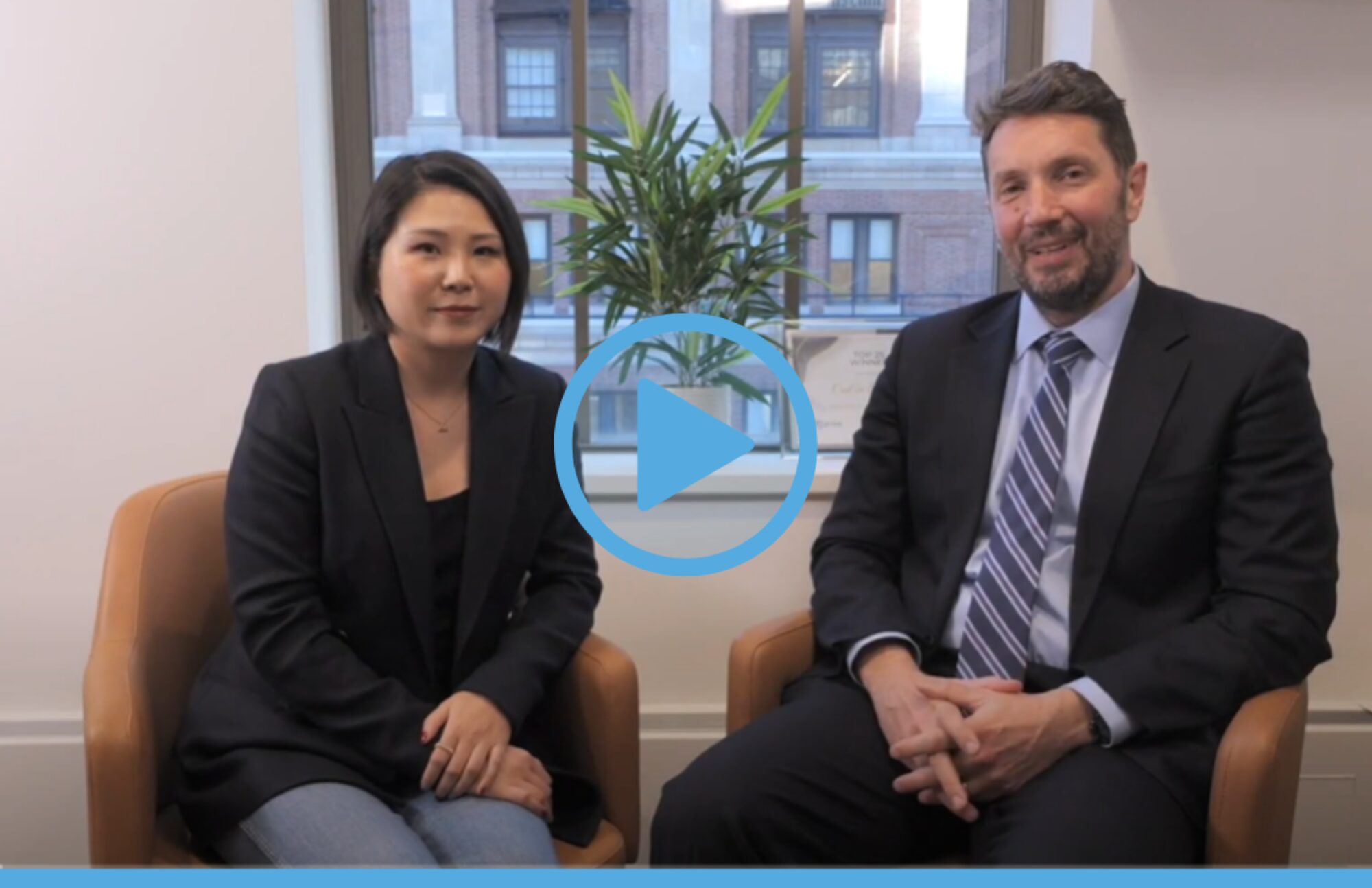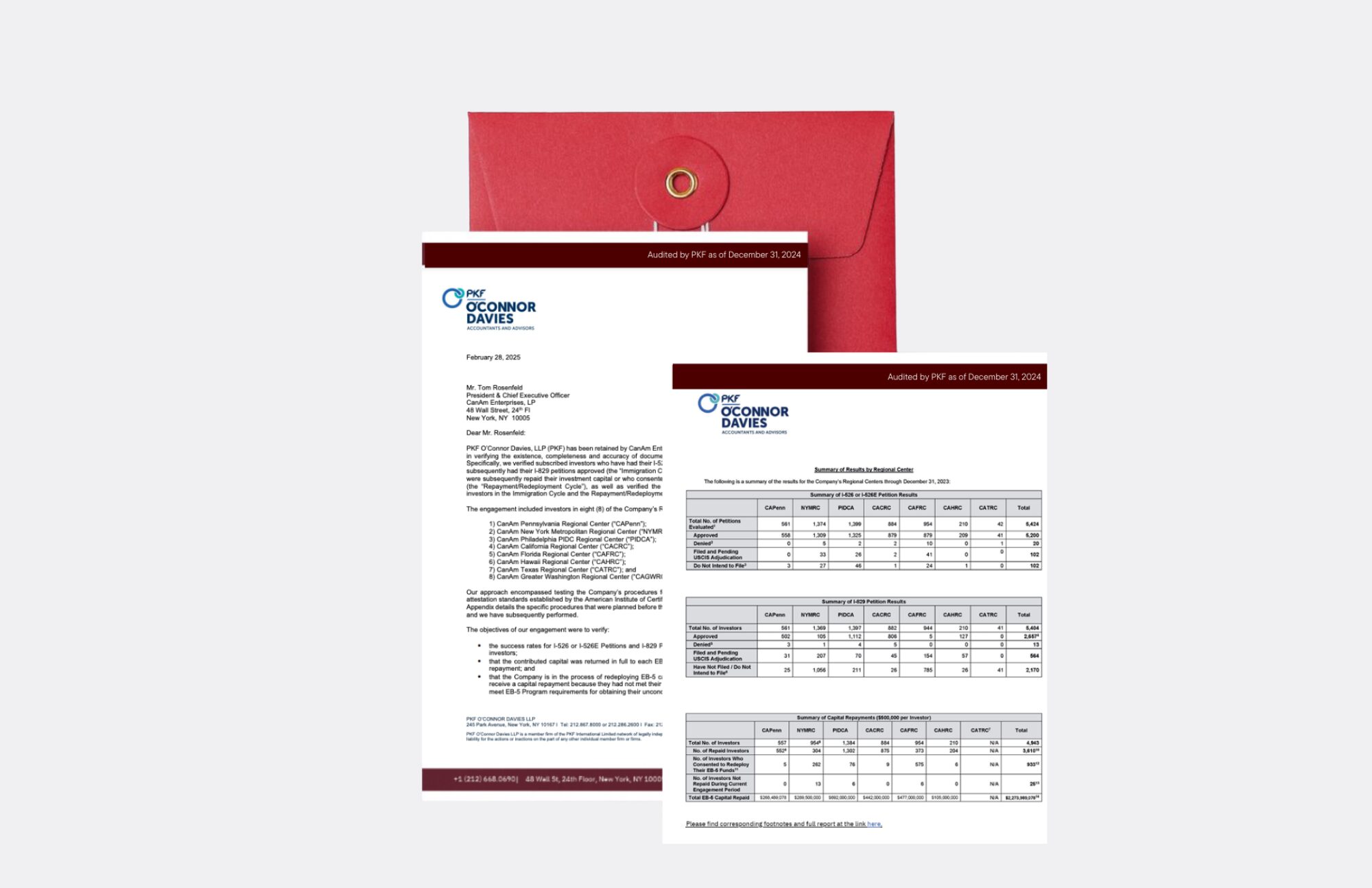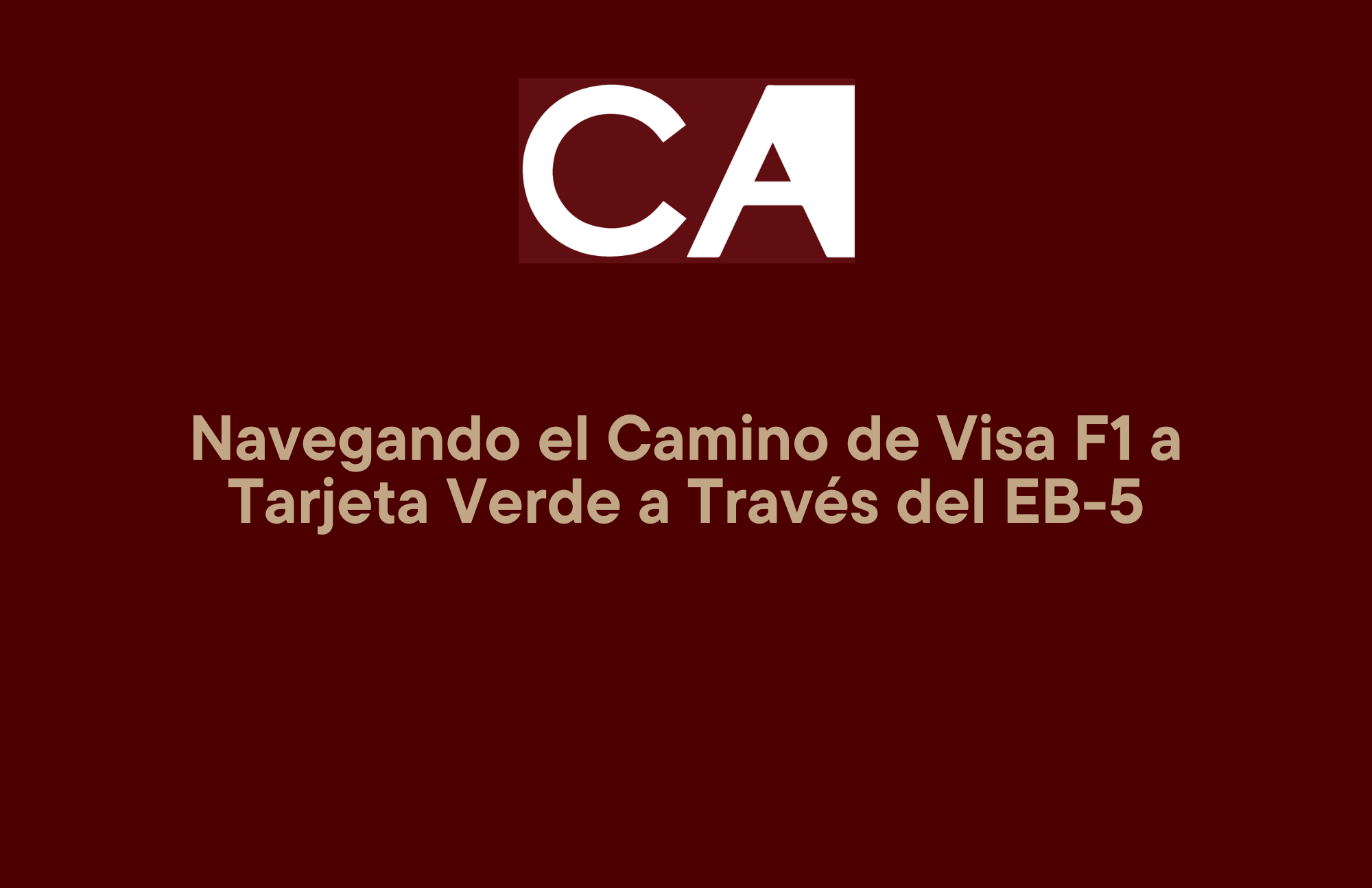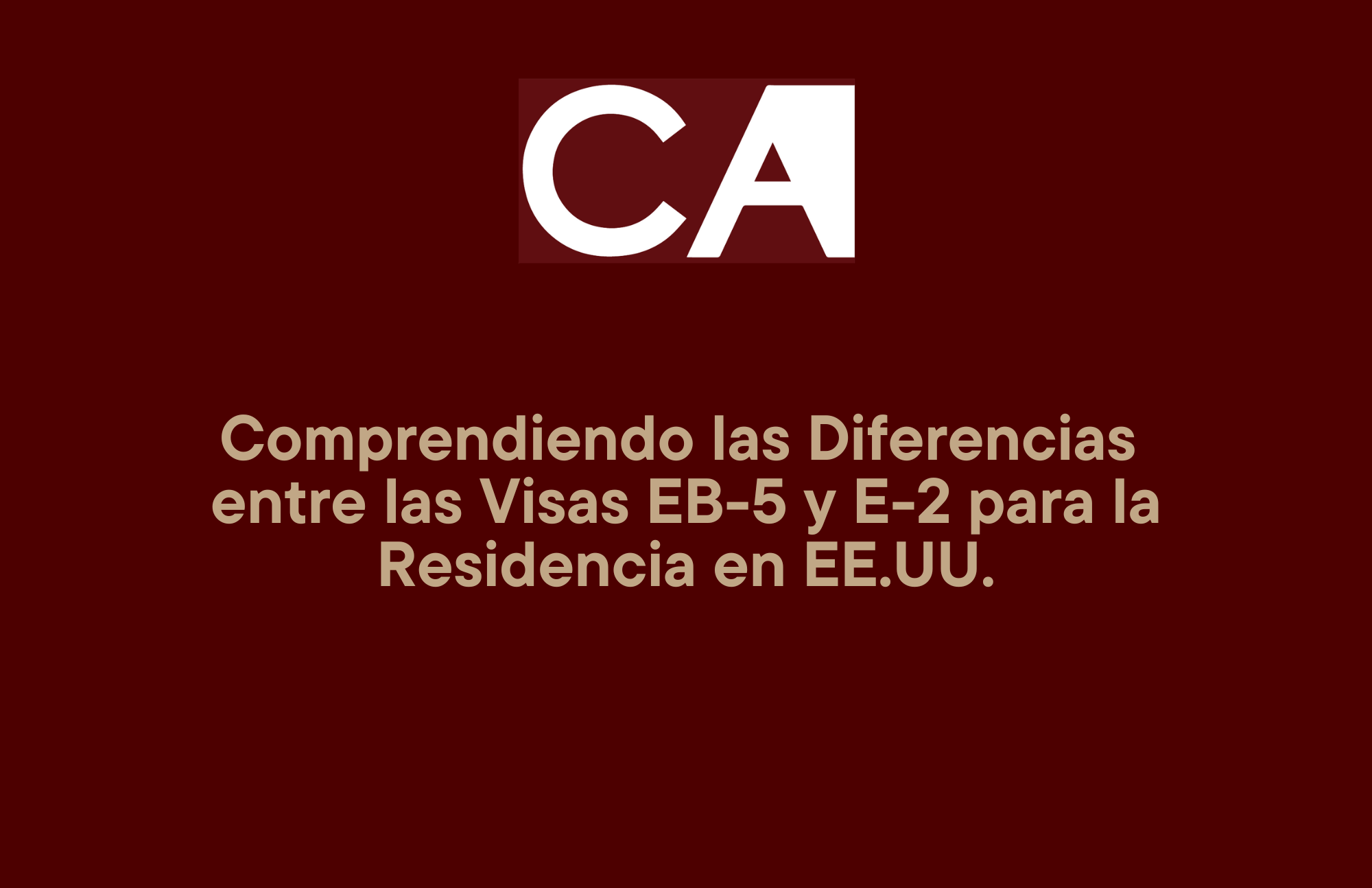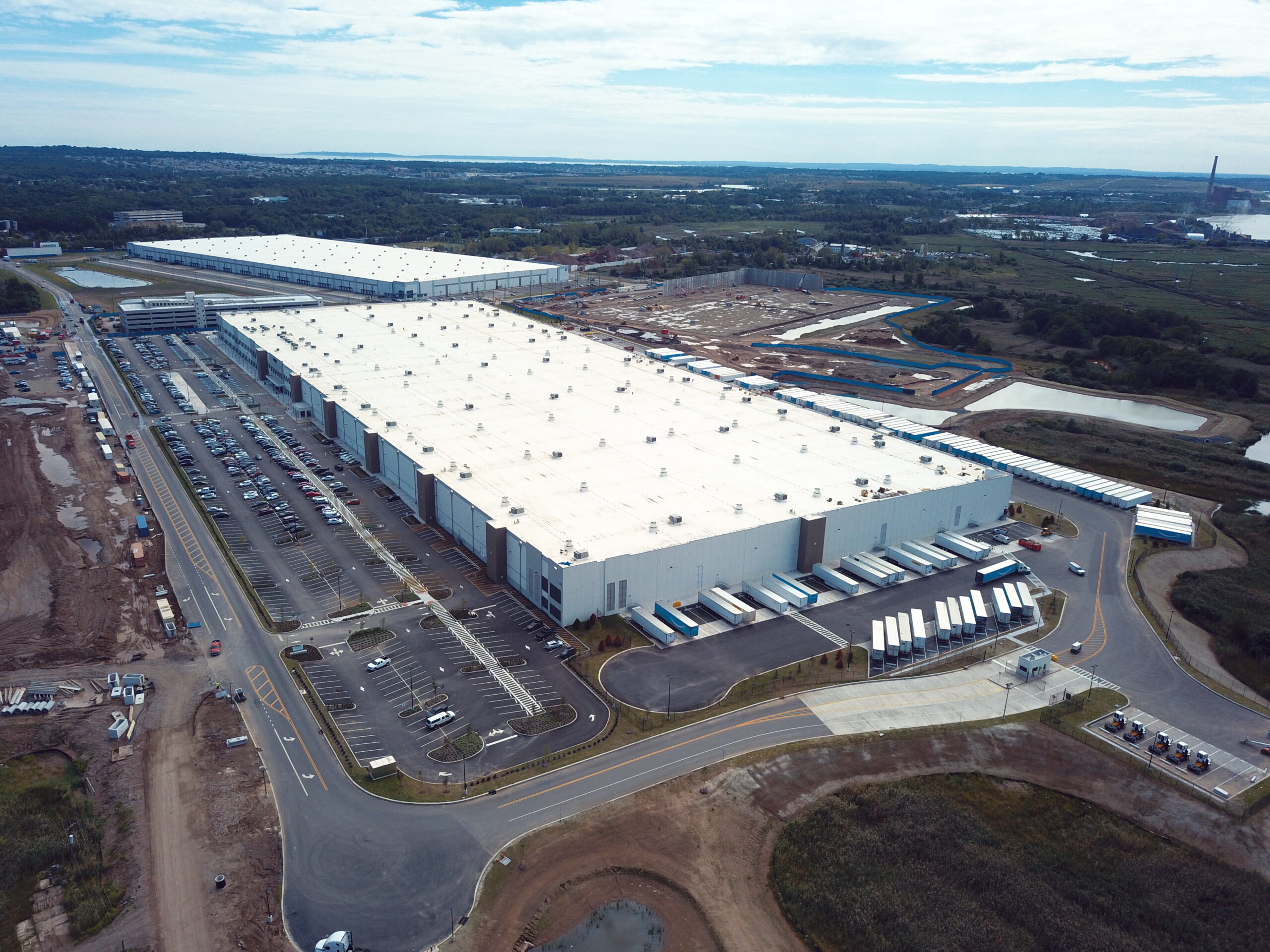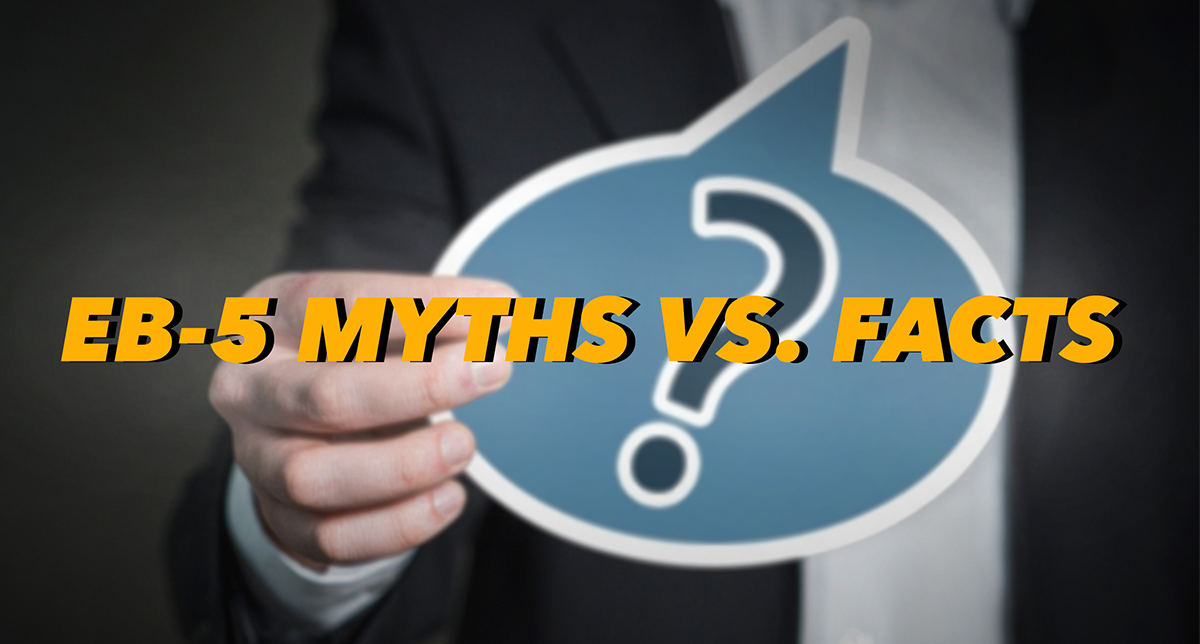The EB-5 Investor Visa program offers a unique opportunity for foreign nationals seeking to secure permanent residency in the United States through an investment in the U.S. economy. While there are numerous immigration options available, the EB-5 stands out for its flexibility and the benefits it offers to individuals and their families. By exploring the nuances of the program, prospective investors can understand why EB-5 is a compelling alternative to other visa categories, such as the H-1B.
Flexibility in Employment and Career Mobility
One of the most significant advantages of the EB-5 visa is its flexibility compared to other employment-based visas like the H-1B. The H-1B visa is highly competitive, with a lottery system that selects a limited number of applicants each year. Even if an applicant secures an H-1B, their status is tied to their employer, restricting their career mobility. Changing jobs can be challenging, as it requires a new sponsorship and a transfer of visa status, with the ever-present risk of job loss and a potential forced departure from the U.S. if the individual cannot find another sponsor within 60 days.
The EB-5 visa, on the other hand, removes these limitations. Since the visa is granted based on an investment rather than employment, holders are not dependent on a sponsoring employer. Once an EB-5 investor receives conditional permanent residency (a two-year green card), they are free to work for any employer or start their own business without the need for further sponsorship. This flexibility provides investors with a sense of security and control over their career choices and long-term plans in the U.S.
A Clear Path to Permanent Residency and Citizenship
While many visa categories provide temporary work authorization, they often leave applicants in a state of uncertainty regarding their long-term status. The EB-5 program offers a more direct path to permanent residency and eventual U.S. citizenship. After an EB-5 investment is made and the application is approved, investors receive a conditional green card valid for two years. During this time, they must prove that their investment has created at least ten full-time jobs for U.S. workers, which is a core requirement of the program.
At the end of the two-year period, investors file an I-829 petition to remove the conditions on their green card, transitioning to full, unconditional permanent residency. This green card allows the holder to live and work in the U.S. indefinitely. Furthermore, after five years of holding a green card, EB-5 investors are eligible to apply for U.S. citizenship, adding to the long-term security and benefits for both the investor and their family.
Family Benefits
The benefits of the EB-5 visa extend beyond the individual investor. When an investor files an EB-5 petition, their spouse and unmarried children under 21 are also eligible to receive green cards. This family-centered approach allows investors to secure permanent residency for their loved ones, ensuring that they can remain together in the U.S. as they pursue their careers and education.
Another key advantage for families is the ability for children to attend U.S. colleges and universities at in-state tuition rates, a significant financial benefit compared to the higher tuition rates typically charged to international students. This can result in substantial savings over the course of a child’s education, making the EB-5 program a smart financial move for families planning for higher education.
Moreover, once the investor becomes a U.S. citizen, they can petition for their parents to obtain green cards, creating a pathway for extended family reunification. This aspect of the EB-5 program appeals to individuals who are thinking not just about their own future, but the long-term well-being and opportunities for their entire family.
Independence from the H-1B Lottery and Sponsorship
The H-1B visa is notoriously difficult to obtain due to the annual cap on the number of visas issued. Each year, hundreds of thousands of applicants vie for just 65,000 spots, making it an unpredictable and stressful process. Even applicants with a U.S. master’s degree face stiff competition for the additional 20,000 H-1B visas available in their category.
For those who manage to secure an H-1B, the challenges don’t end there. Many employers are reluctant to sponsor foreign workers due to the costs and uncertainties involved. As a result, many international students graduating from U.S. universities struggle to find H-1B sponsorship, limiting their job prospects and career advancement.
In contrast, the EB-5 visa does not require sponsorship from an employer. By making the necessary investment—currently set at $800,000 in a Targeted Employment Area (TEA)—investors take control of their own immigration status. This independence from the traditional sponsorship model removes the uncertainty of the H-1B lottery and the associated employment challenges, providing a more secure and predictable path to permanent residency.
Read More: Transitioning from the H-1B to EB-5 Visa: A Comprehensive Guide
Conclusion: A Strategic Path for Long-Term Security
The EB-5 Investor Visa offers a combination of flexibility, long-term security, and family benefits that make it an attractive option for those who can afford the investment. Unlike other visa categories, such as the H-1B, which ties applicants to their employers and offers limited job mobility, the EB-5 allows investors to live and work in the U.S. on their own terms. The visa also provides a direct pathway to U.S. citizenship, ensuring that investors and their families can enjoy the full range of opportunities and protections that come with permanent residency in the United States.
By choosing the EB-5 route, investors gain more than just an immigration status—they gain freedom, security, and a brighter future for themselves and their families.




















